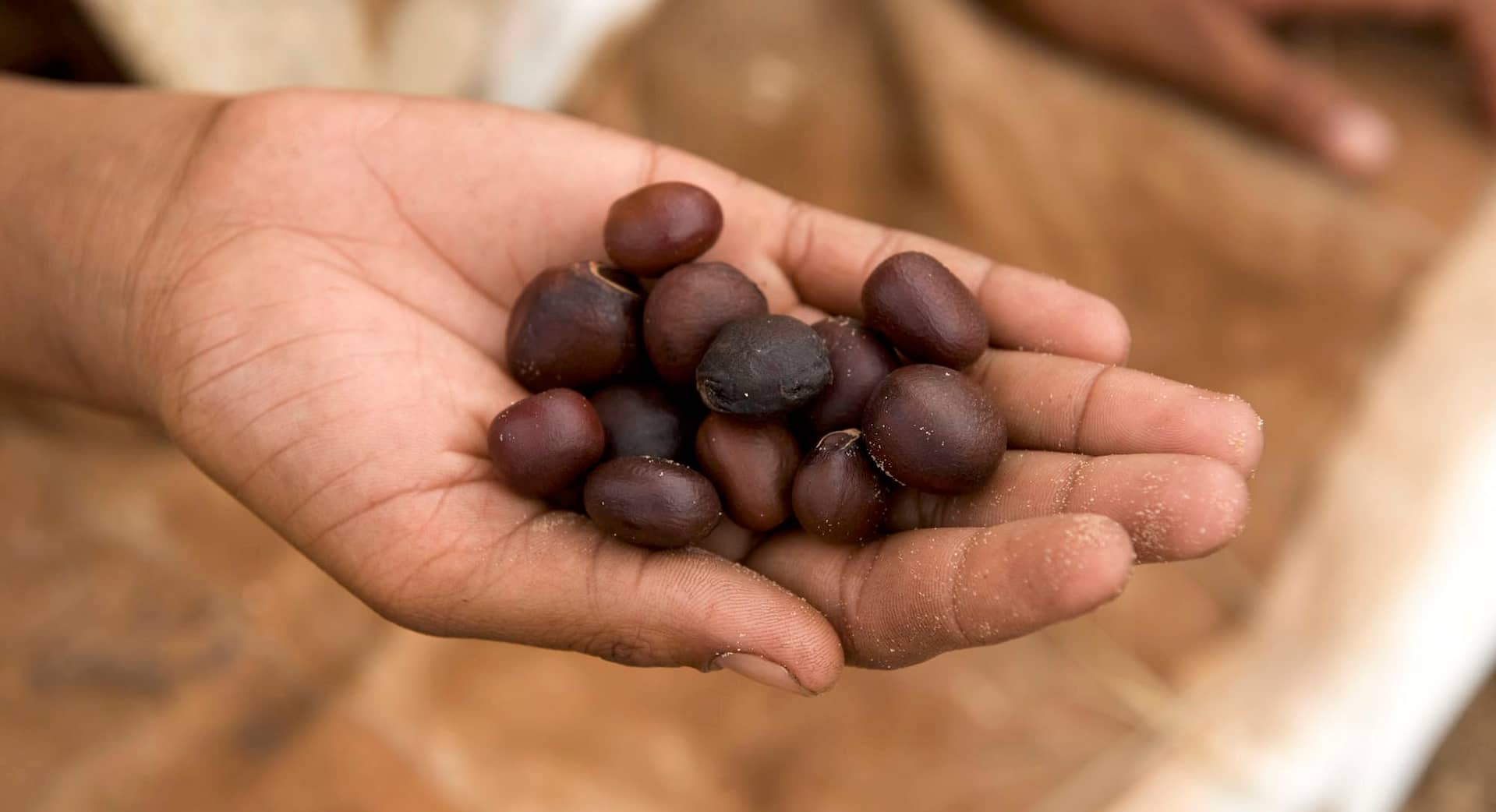The Nagoya Protocol
The Nagoya Protocol and Access and Benefit Sharing
The UN Convention on Biological Diversity’s Nagoya Protocol on Access to Genetic Resources and the Fair and Equitable Sharing of Benefits was signed in 2010 at the 10th meeting of the Conference of the Parties (CoP). The Protocol enables indigenous and local communities to benefit from the commercial use and export of their natural resources and/or traditional knowledge. The requirements for invoking this Protocol to create Access and Benefit Sharing (ABS) agreements include the use of the whole biological entity and/or genetic resources and traditional knowledge of indigenous and local communities.
Current and potential applications of the Nagoya Protocol in Africa
The Nagoya Protocol has already been used successfully to secure the rights of the South African Khoikhoi and San people to derive income from the commercial use of Rooibos, which is used as a tea and herbal medicine in South Africa and exported internationally. This victory came after a nine-year battle that Resource Africa CEO, Leslé Jansen, supported as a lawyer. Although the Nagoya Protocol is currently used for plant resources, there is a strong argument for African countries to apply its provisions to the use of wild animals, their products as well as other natural resources.
Lucrative commercial markets based on African animals include photographic tourism, recreational hunting, live sales and meat. In our globalised world, the clients who are using these resources are not necessarily African (especially in the high-value markets of tourism and hunting), but neither are Rooibos consumers. The use of wildlife relies on traditional knowledge as much as the use of the biological resource Rooibos does. In Southern Africa, the art of tracking animals (used in both tourism industries) is a large part of San, Khoikhoi and Shangaan cultures, to name a few. Traditional methods of skinning game and preparing game meat are still used today, while many tourist lodges and camps use African culture and art for decorative purposes.
By expanding the application of the Nagoya Protocol, African governments can provide tangible benefits for their people that are associated with biological conservation. For example, people living near protected areas could become real shareholders in the conservation and use of the wildlife occurring there. On community lands, this arrangement could pave the way for more engagement with the wildlife economy by strengthening the rights that local communities have over their resources.
Nagoya Protocol and Community-based Natural Resource Management
Several Southern African countries have established their own community-based natural resource management (CBNRM) programmes, whereby governments have devolved the right and responsibility to local communities to manage their wildlife and benefit from its use. ABS agreements could strengthen the position of community-based organisations when negotiating contracts with private sector partners in the tourism and hunting industries.
While animal-related ABS agreements would take a different form to the Rooibos case, the basic principle that local communities have the right to benefit from the commercial use of their resources still holds. In countries where CBNRM has not yet been developed, this approach could open the door for communities that want to regain access and control over their resources.
More work needs to be done to create awareness among local communities of international laws that uphold their rights to benefit from the sustainable use of their natural resources and traditional knowledge. While private sector investment is welcomed as a means of generating value for wild landscapes, plants and animals, it is only fair that the stewards and custodians of these valuable resources receive a fair share of the income generated from these commercial uses.
